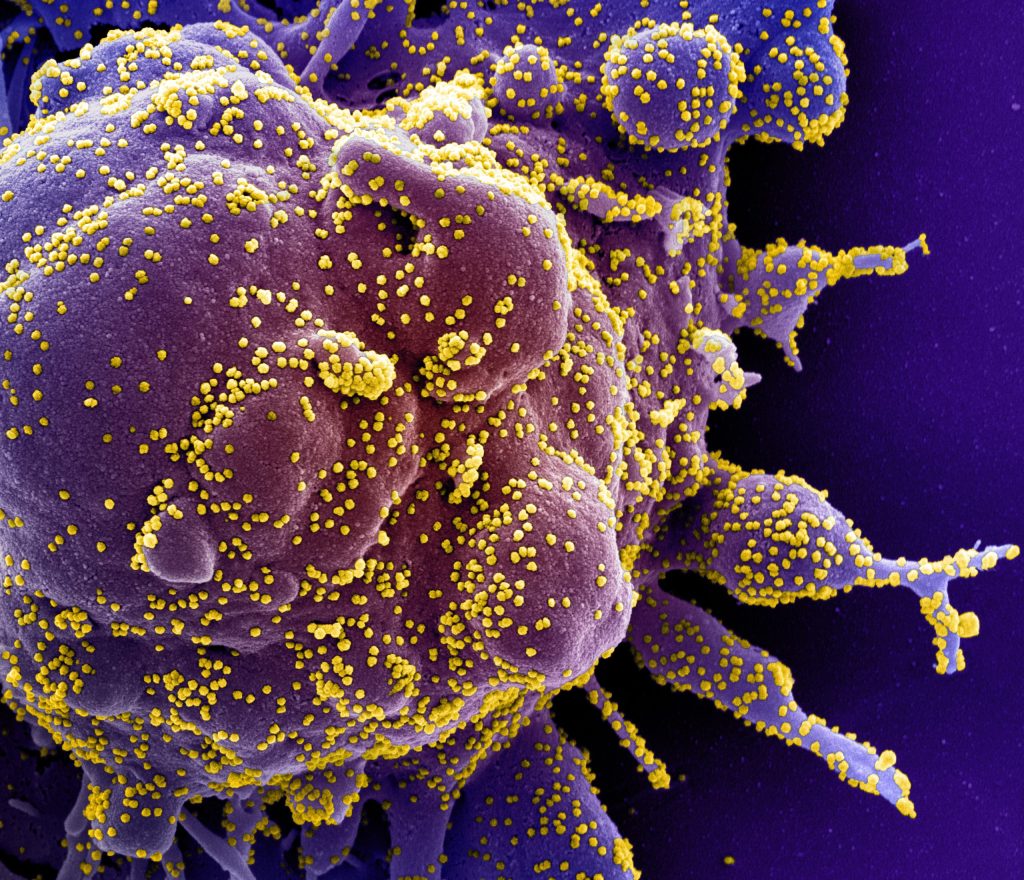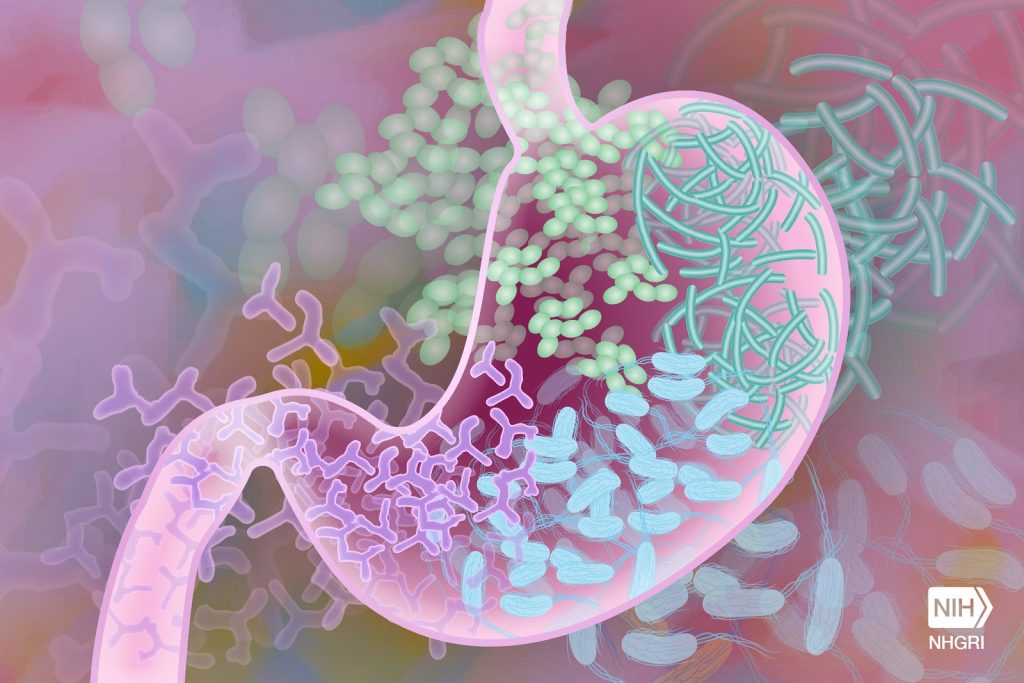Critics Raise Alarm over Leadership Issues at Gauteng Health Department

Several opposition politicians and commentators have flagged what appears to be chronic leadership problems at the Gauteng Department of Health.
Criticism of leadership and governance at the Gauteng Department of Health (GDOH) is amping up as the department repeatedly makes headlines for questionable appointments. This unfolds alongside a damning auditor-general report, all while hospitals and clinics across the province grapple with ongoing challenges.
Arguably, the most controversial appointment is that of Arnold Malotana. He was quietly named head of department shortly after the May 29 national elections, following a year of serving in an acting capacity. Malotana has been with the department in various positions since 2008, according to his LinkedIn profile.
SIU investigation
Malotana has been implicated in a case being investigated by the Special Investigating Unit (SIU). It relates to the alleged manipulation of supply chain processes in 2016 and 2017 in favour of a company called BAS Medxpress (BAS Med). It has been alleged that Malotana and two senior officials – Edgar Motha and Sheriff Lecholo – took bribes to the tune of R8 million. The case made headlines a year and a half ago when amaBhungane lifted the lid on an affidavit from a whistleblower, who himself was part of the alleged tender-rigging scheme. The SIU investigation was however only ordered by presidential proclamation this November. According to amaBhungane’s reporting last year, all those implicated in the matter have denied wrong-doing.
SIU spokesperson Kaizer Kganyago said the probe will focus on two supply contracts – one for plastic containers and another for orthopaedic instruments – to determine if any actions broke laws, policies, or Treasury or health department rules, and whether they may be fraudulent.
“Such conduct may include manipulation of the department’s supply chain management processes by service providers, suppliers, officials, or other third parties, often in collusion with departmental employees or those in entities under its control, to secure undue benefits for themselves or others. This can result in unauthorised, irregular, or fruitless and wasteful expenditure incurred by the department, its entities or the State,” he said in a statement.
Questions over qualifications
Malotana has also been under separate investigation regarding his qualifications when his appointment as head of department was made. His LinkedIn profile lists his education as two years (2013 – 2014) at the Durban Institute of Technology and a master’s degree in public management from Regenesys Business School, with no dates provided.
Earlier this year, Jack Bloom, a DA member in the provincial legislature, wrote to the Public Protector to ask that they investigate Malotana’s appointment. Public Protector passed the matter to Parliament’s Portfolio Committee for Public Service and Administration. In turn, the committee chair requested the Public Service Commission (PSC) to investigate.
In mid-November, the PSC “reportedly” cleared Malotana on the allegations relating to his qualifications and appointment. The PSC report was leaked to The Star newspaper with the complainants – the DA – as well as the portfolio committee chairperson not yet having had sight of the report. Spotlight also hasn’t yet been able to access a copy.
According to The Star, the PSC found that a master’s degree was not explicitly listed as a required qualification, and as a result, the commission found that Malotana did meet the requirements.
Bloom told Spotlight: “It’s highly irregular that the PSC report is leaked to a specific newspaper.”
Meanwhile, the SIU investigation continues, and the DA has reiterated its call for Gauteng Premier Panyaza Lesufi to remove Malotana from his post. Heads of departments are appointed by provincial premiers.
The Office of the Premier did not answer Spotlight’s questions about Malotana or the SIU investigation. However, according to a statement from the DA, Lesufi said in a Gauteng Legislature meeting last week that he would wait for the SIU investigation to be completed before taking any action against Malotana.
Millions spent on suspended staff
In September, responses to questions posed by Bloom in the Gauteng Legislature revealed that the provincial health department spent over R13 million on salaries for nine suspended staffers in recent years. Among these were Advocate Mpelegeng Lebeloane, former chief director of legal services, who received R4.7 million while on suspension from July 2019 until 2023. He was later reinstated and then retired in July 2024.
Bloom said in a statement at the time: “Three senior staff were suspended since 26 January 2022 for alleged financial misconduct concerning the refurbishment of the Anglo Ashanti Hospital. One has recently resigned, but more than R6 million has been spent so far on their salaries in this inexcusably long-running matter.”
The other staff members had been suspended on a range of charges, including sexual assault, assault and a job-selling scam.
Bloom said the long delays in concluding disciplinary processes smacked of a failure of accountability and were a drain on taxpayers’ monies and resources.
Spotlight put questions to the health department about its mechanisms and processes to ensure efficient and appropriate disciplinary action. The department’s spokesperson Motalatale Modiba said the cases in question “cut across various departments”. He added: “The employees were suspended with full pay and the delays mainly had to do with ongoing SIU investigations.” This includes cases that were “handled through the Office of the Premier”.
Hospital CEOs
Also on Bloom’s radar are the appointments of Dr Nthabiseng Makgana, Dr Lehlohonolo Majake, and Dr Godfrey Mbara to positions of CEOs of Chris Hani Baragwanath, Steve Biko and George Mukhari academic hospitals respectively.
The appointments were made in March, and health MEC Nomantu Nkomo-Ralehoko responded to Bloom’s questions about them in October. Bloom highlighted irregularities, noting that none of the three appointees met the requirement of 8 to 10 years of experience for hospital CEO roles, while one also didn’t have the required education qualification level. These are contraventions of regulations, according to Bloom, adding that he is still to see proof of qualifications, as he’s requested.
Another high-profile appointment under scrutiny has been the redeployment of Dr Nozuko Makabayi – the former CEO of the Rahima Moosa Mother and Child Hospital. A doctor’s open letter in June 2022 exposed poor conditions at the hospital, leading to a Health Ombud investigation. The damning report criticised Makabayi for several failings, including being absent from work for nearly 100 days without explanation. The Ombud recommended that Mkabayi be removed as CEO, but she was shifted within the department to serve as acting director responsible for HIV and Aids, STIs and TB.
Bloom’s follow-up questions to Nkomo-Ralehoko brought to light that Makabayi has not been reporting for work, due to mental health stress, but continues to receive her salary. “This is outrageous. After all the trouble she caused, she is now on a long running paid holiday at taxpayers’ expense. If she can’t do any useful job, she should be medically boarded and leave the department,” he said in October.
“There has not been a permanent HR director for years in the department and the systems of appointments follow a consistent pattern of people placed in acting positions, protecting interests, and ensuring cadre deployment rather than service delivery,” Bloom told Spotlight.
“We have the wrong people in these key positions by design. We are talking about control, looting and siphoning of one of the largest budgets in the province,” he alleged.
Modiba said that “relevant bodies are investigating” and pertaining specifically to Makabayi, he said “internal processes are unfolding” but cannot be released to the media because of an “employer-employee clause”.
Scathing Auditor General report
Recently, the Gauteng Department of Health received another scathing report from the Auditor-General for the 2023/24 financial year.
The department underspent by R1.1 billion, including R590 million underspent on the National Tertiary Service Grant intended for specialised medical treatment. This in spite of backlogs and long patient waiting lists. In addition, the report showed that the health department racked up R2.7 billion in irregular spending, R17 million in wasteful spending, and lost another R2.7 billion in income.
Action SA member in the provincial legislature Emma More described the performance of the department as “clearly lacking effective leadership and management”.
She slammed the health department for providing incorrect and misleading statistics, as highlighted by the auditor-general. “For an institution like the [Gauteng] Health Department to provide such misleading information undermines public confidence in it and compromises the lives of our citizens in this province,” More said. “It is unacceptable that while our healthcare facilities are under-resourced and struggling to meet the needs of the population, significant portions of the budget are being wasted or mismanaged.”
Responding to More’s comments, Modiba said that the department had spent 98.9% of its budget allocated for 2023/2024. He said that of the 1.1% (R1.1 billion) under expenditure, R580 million has already been provisionally approved by Treasury to be carried over to the current fiscal year, subject to audited financial statements.
“While the department aims to spend every allocated cent, achieving this goal is not always feasible due to various factors impacting the operational environment. For instance, some of the money was committed to purchase orders or invoices that could not be processed within the previous financial year leading to a rollover of funds. The amount covers grants for human resource training, national tertiary services, district health programmes and the national health insurance,” Modiba said.
A ‘structural’ problem
Professor Alex van den Heever, chair of social security systems administration and management Studies at Wits University’s School of Governance, said the health department’s leadership crisis at its core is a structural one.
“South Africa has a huge pool of talent, and we are not short on good managers or people who understand health, and how to run a health service – but these are exactly the people the [Gauteng] department of health don’t want,” he said.
“Why would they want a Babita Deokaran [an acting chief financial officer who was assassinated in August 2021 after flagging what appeared to be corruption at Tembisa Hospital] or someone who is actually going to root out the nonsense or someone who is going to properly manage patient care?” Van den Heever asked.
Describing the department’s leadership as an “hourglass model”, Van den Heever said at the top are leaders with all the power, but little focus is on delivery. The pressure falls on an overstressed, underfunded middle management with limited decision-making power, which then trickles down as problems for those at the bottom.
He added: “Hospitals can’t afford this kind of leadership, they fall apart. There is no strategy behind anything, so no maintenance, proper training and supervision of staff or clinical governance. Problems aren’t solved, they’re hidden.”
Spotlight questioned the department’s alleged failure to attract “fit for purpose” candidates, resulting in more leadership and governance challenges for the department that filter down to hospital and clinic level.
In response, Modiba stated that, for the first time since 2006, they have reviewed organisational structures, which have now been submitted to the Office of the Premier.
“This is a major step towards ensuring that the Gauteng Department of Health has a structure fit for purpose that is geared to meet the service needs of the growing Gauteng population. Furthermore, a service provider has been appointed for the next three years to conduct ‘personnel suitability checks’. This will assist the department in its recruitment of suitably qualified employees who will be able to contribute meaningfully towards the achievement of the organisation’s strategic objectives,” he added.
Offering a solution to fix some of the challenges crippling the health department, Van den Heever said that changing leadership structures to orient towards service delivery could mean better governance and management, improved staff motivation, renewed public confidence and ultimately better patient care. This, he said, would require the decentralisation of powers so that competent people can take charge in hospitals, make impactful decisions about appointments and budgets, and be accountable for pockets within a complex provincial health system.
Republished from Spotlight under a Creative Commons licence.
Read the original article.








